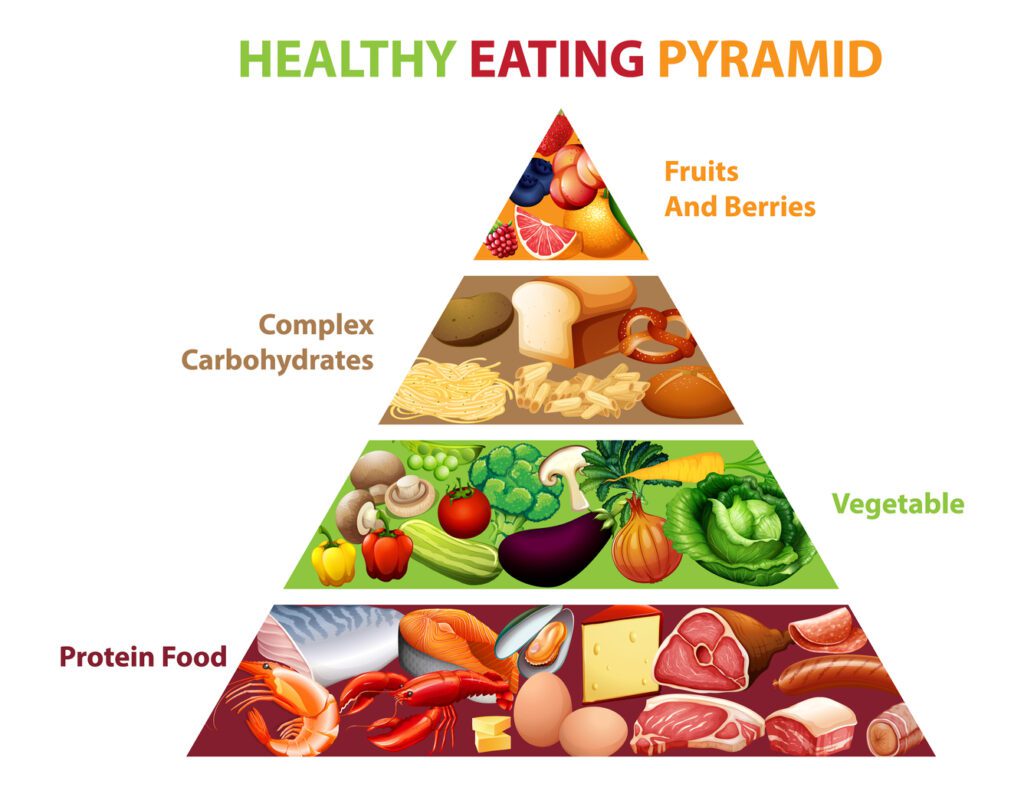Introduction
When it comes to nutrition and weight management, two terms dominate the conversation: calories vs macros. You’ve likely heard both used in fitness apps, meal plans, or Instagram posts. But what exactly do they mean? More importantly, which one should you focus on to reach your goals?
In this article, we’ll break down the difference between calories and macros, how they work together, and how to decide which approach suits your lifestyle and fitness goals best.
What Are Calories?
A calorie is a unit of energy. It represents the amount of energy your body gets from food and drinks. Everything you eat has calories, and your body uses them to fuel physical activity, digestion, breathing, and even sleeping.
To maintain your current weight, you need to eat roughly the same number of calories that you burn in a day (your Total Daily Energy Expenditure or TDEE). If you eat fewer calories, you may lose weight. If you eat more, you may gain.
✅ Example: A slice of pizza might have 300 calories, but those calories could come mostly from fat and carbs.
What Are Macros?
Macros, short for macronutrients, are the three key nutrient types that provide calories:
- Protein – 4 calories per gram
- Carbohydrates – 4 calories per gram
- Fat – 9 calories per gram
Each macronutrient plays a unique role in your body:
- Protein helps repair muscle and supports metabolism
- Carbs provide quick energy for workouts and daily functions
- Fat supports hormones, brain function, and energy reserves
So, when you’re tracking macros, you’re essentially tracking where your calories come from — and how they’re balanced.
Macros vs Calories: What’s the Difference?
While calories tell you how much energy you’re taking in, macros tell you where that energy comes from.
📊 Think of it like this:
Calories = Quantity
Macros = Quality and Composition
Two people can eat the same number of calories but get very different results based on their macro balance.
✅ Example:
- Person A eats 2,000 calories from mostly processed carbs and fats
- Person B eats 2,000 calories with balanced protein, complex carbs, and healthy fats
Person B will likely feel better, have more stable energy, and preserve lean muscle.

Should You Track Calories or Macros?
🎯 Track Calories If You:
- Are new to nutrition tracking
- Want to lose or gain weight in a simple way
- Prefer using basic apps or food diaries
- Don’t want to micromanage every nutrient
➡️ Best for: General fat loss or weight maintenance
💪 Track Macros If You:
- Want more control over your body composition (muscle vs. fat)
- Have specific fitness goals (like bodybuilding or performance)
- Want to improve energy, recovery, and satiety
- Are already familiar with calorie tracking
➡️ Best for: Athletes, strength trainers, and precision-based dieters
How to Track Macros
- Determine Your Calorie Goal (use a TDEE calculator)
- Choose a Macro Ratio Based on Your Goal
- General Health: 40% carbs, 30% protein, 30% fat
- Fat Loss: 40% protein, 30% carbs, 30% fat
- Muscle Gain: 40% carbs, 30% protein, 30% fat
- Use an App Like:
- MyFitnessPal
- Cronometer
- Macrofactor
- Track and Adjust Weekly
- Watch energy levels, progress, and how your clothes fit
- Make minor tweaks based on how you feel
Which One Works Better?
The answer depends on your goals, lifestyle, and mindset.
- If you want a simple path to weight loss → start with calorie tracking
- If you want more precision, better body composition, or you’re training → go with macro tracking
Either way, consistency matters more than perfection. Choose the method you can stick with long-term.
Common Mistakes to Avoid
- ❌ Tracking calories but eating only junk food
- ❌ Ignoring protein intake on a calorie deficit
- ❌ Cutting carbs too drastically and feeling exhausted
- ❌ Not adjusting based on progress or feedback
Conclusion
Calories and macros both play important roles in your fitness journey. Calories control your weight. Macros shape your body and performance. If you’re just getting started, begin with calorie awareness. As you get more confident, tracking macros can fine-tune your results. Need help figuring out your ideal daily intake? Try our BMI + calorie deficit calculator.
👉 Want to dive deeper into smart eating habits? Check out our guide on Top 10 Nutritional Tips for a Healthier You for more actionable advice.




Pingback: Nutrition and Fitness Performance: Eat to Boost Results - FitroFuel
Pingback: Nutrition for Strength Training: Eat to Build Strength and Muscle - FitroFuel
Pingback: Healthy Meal Planning 101: Save Time and Eat Healthy Every Day - FitroFuel